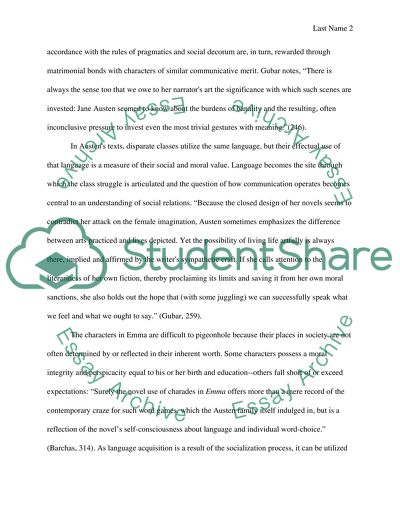Cite this document
(Learning from Fiction about Representing Reality Essay, n.d.)
Learning from Fiction about Representing Reality Essay. Retrieved from https://studentshare.org/literature/1422007-jane-austen
Learning from Fiction about Representing Reality Essay. Retrieved from https://studentshare.org/literature/1422007-jane-austen
(Learning from Fiction about Representing Reality Essay)
Learning from Fiction about Representing Reality Essay. https://studentshare.org/literature/1422007-jane-austen.
Learning from Fiction about Representing Reality Essay. https://studentshare.org/literature/1422007-jane-austen.
“Learning from Fiction about Representing Reality Essay”. https://studentshare.org/literature/1422007-jane-austen.


